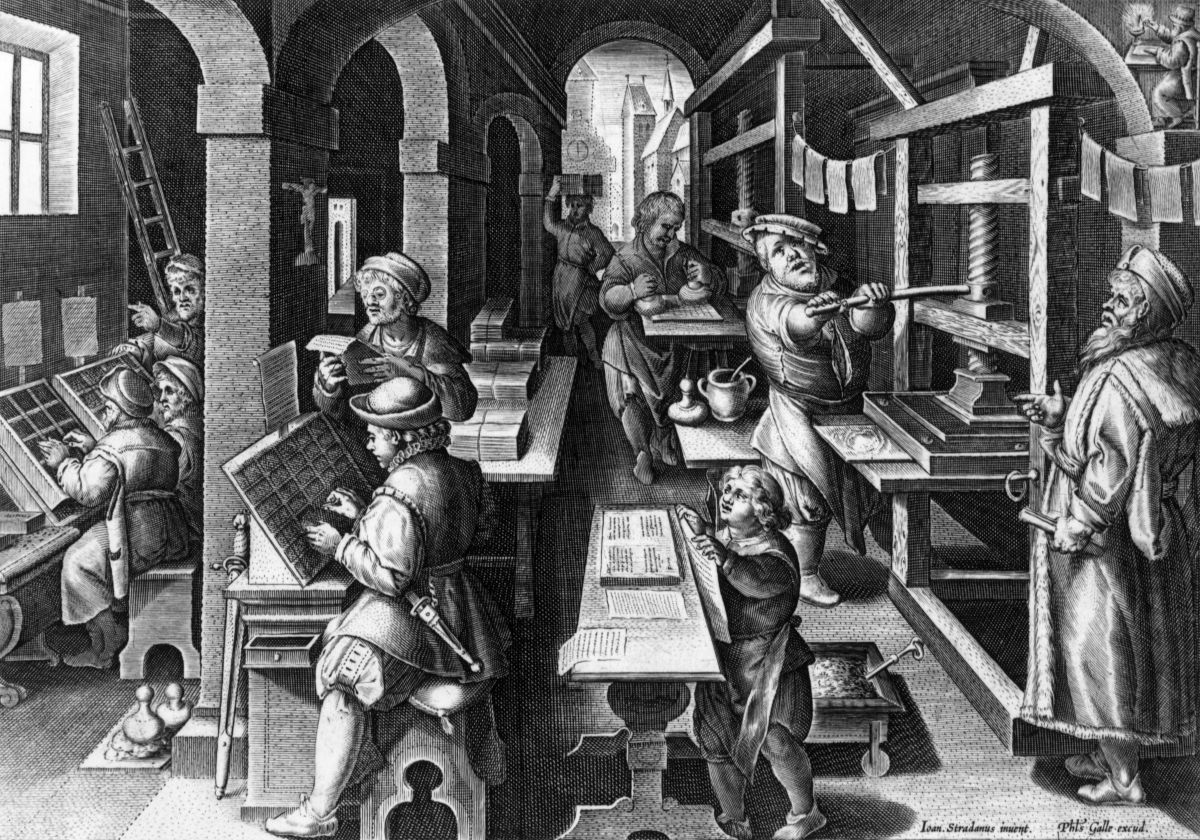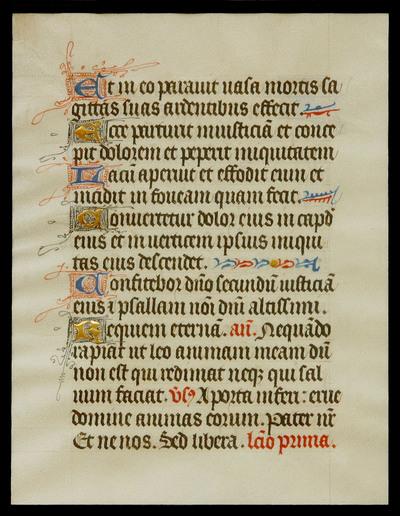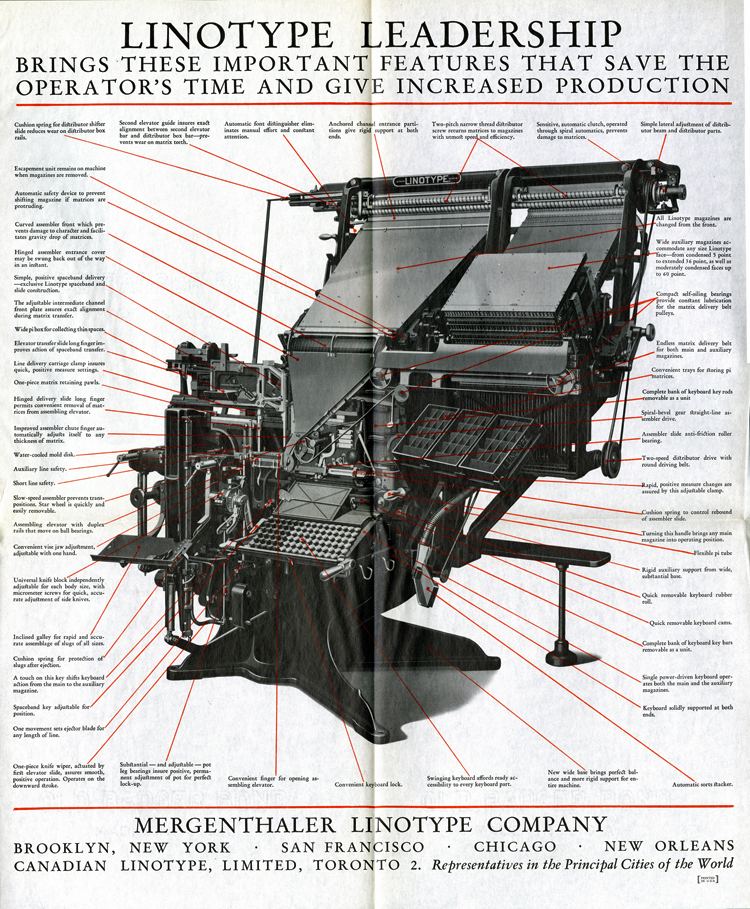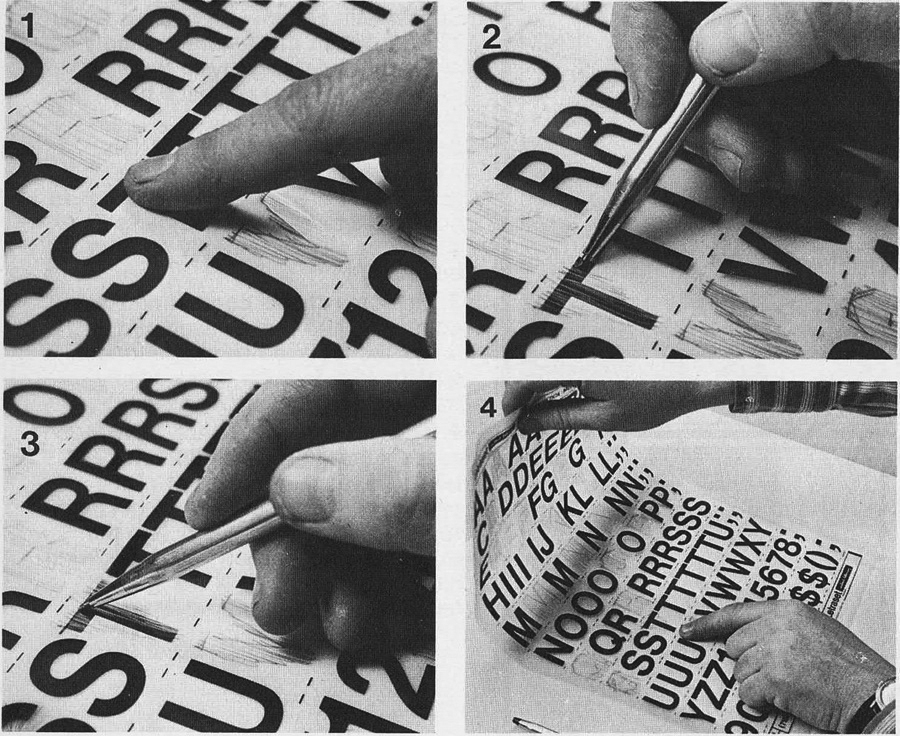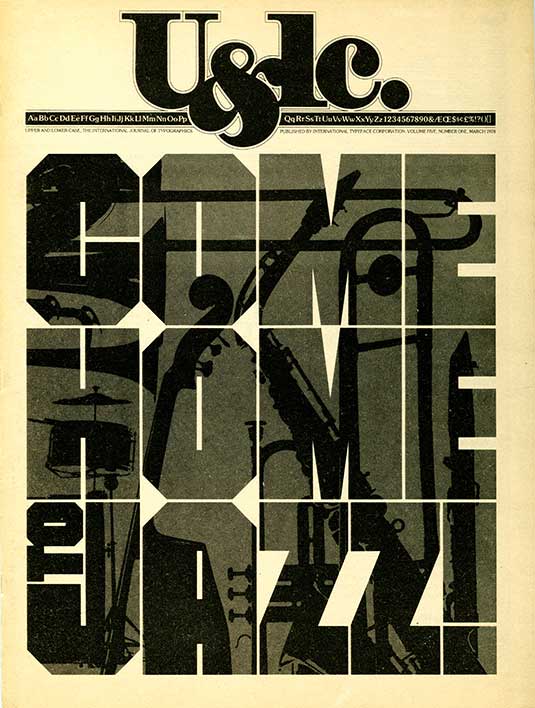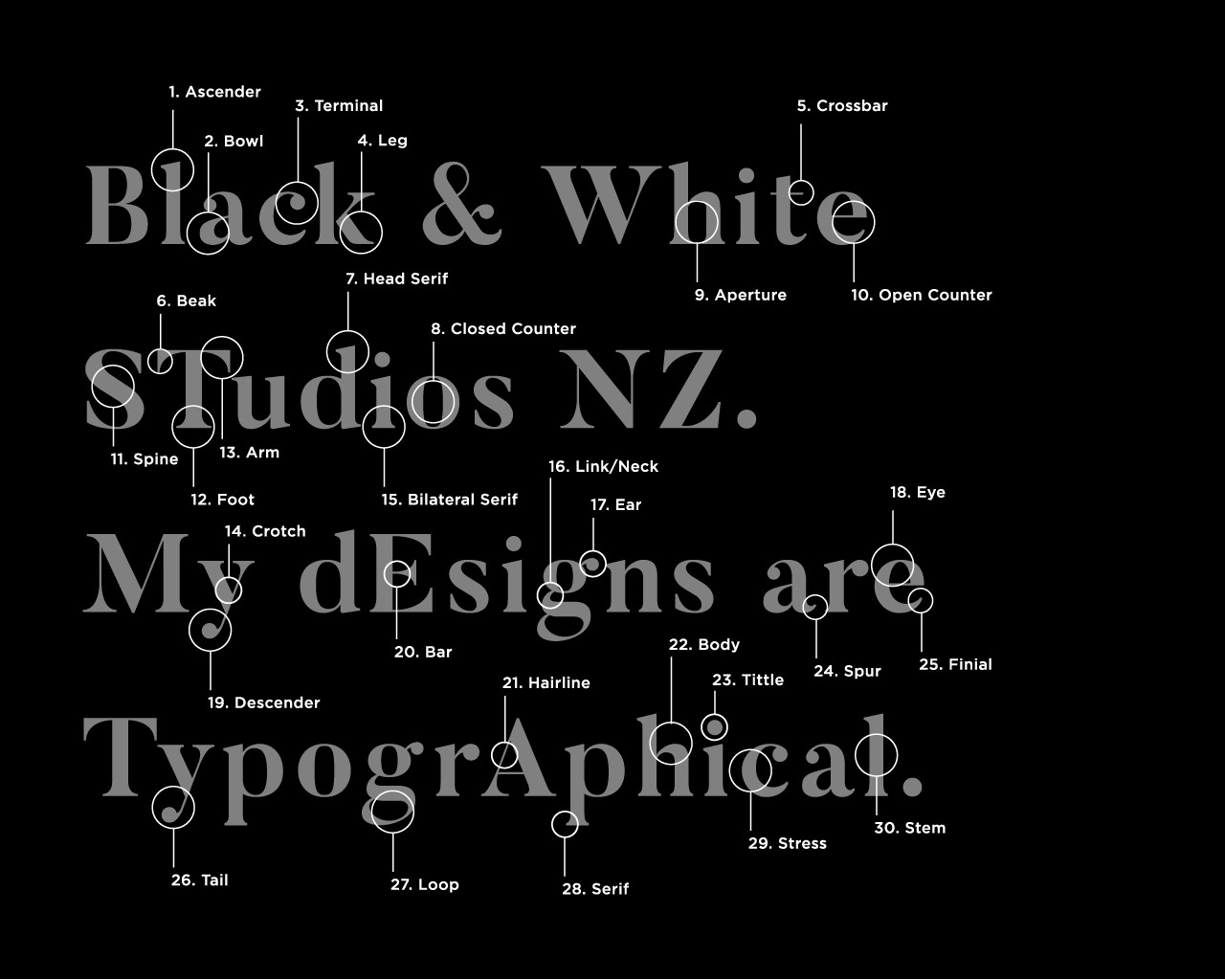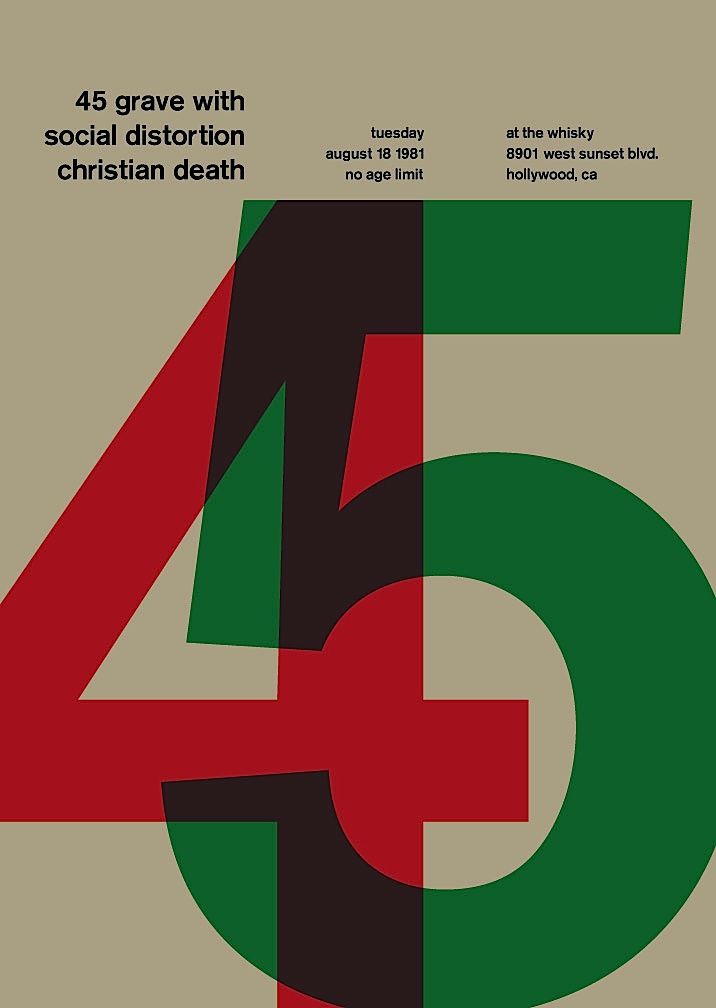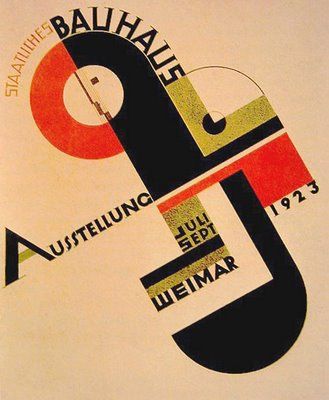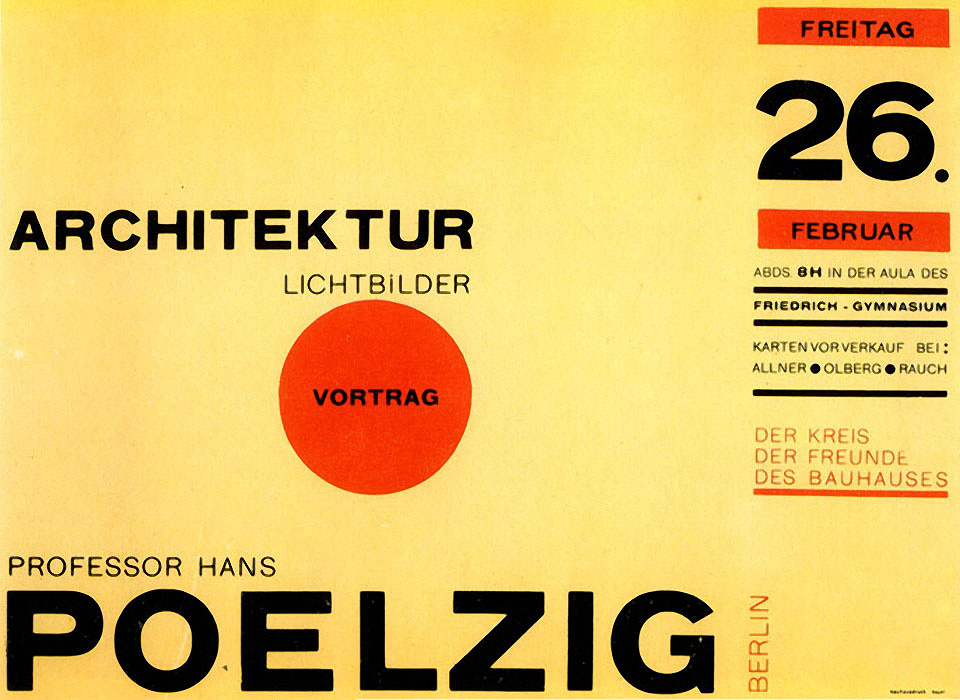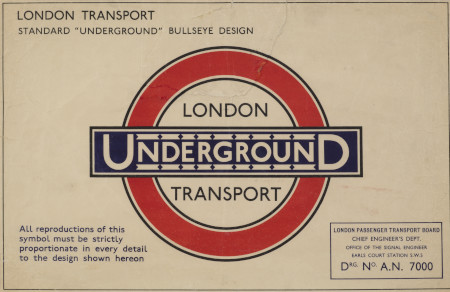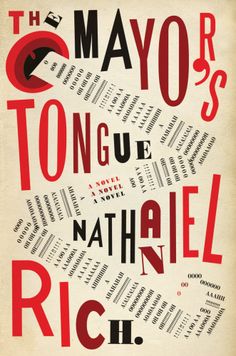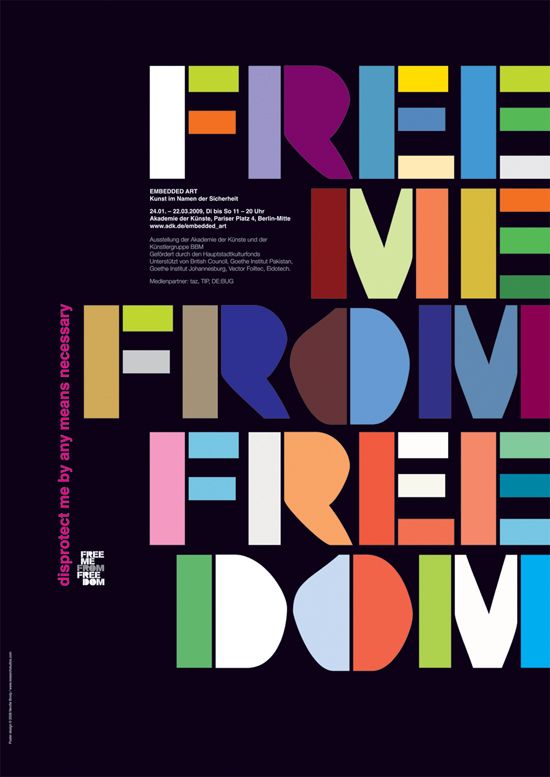Type and Press
We start this week’s lecture off with a brief, yet effective walk through the history of typography. The eras of how type is executed is defined by the machines or platforms by which it is created.
GUTENBERG PRESS
We begin in the 1400s with Johans Gutenberg, the inventor of the notion of moveable type and the Gutenberg press, the first machine to “mass produce” printed materials. Moveable type press created a standardization and a more effective way to share information.
LINOTYPE MACHINE
Fast forward to the late 1800s, where Ottmar Mergenthaler’s linotype machine revolutionized typesetting and with it especially newspaper publishing, making it possible for a relatively small number of operators to set type for many pages on a daily basis. Before the linotype machine, daily newspapers were limited to
eight pages.
DRY TRANSFER
In the early 1960s — an age far before computer-aided design, Letraset revolutionised typesetting. This allowed for designers create to headlines in mere minutes. The designer would select the desired letter from a typographic transfer sheet and rub it into the layout. This made typography far more economical and put the control of type design in the hands of the designer.
PHOTOTYPESETTING
The 1970s brings with it the availability and use of phototypesetting machines which project characters onto film for offset printing. This method allowed for the scaling of typography providing greater flexibility.
LCD SCREENS: THE COMPUTER AGE
By the 1980s most previously mentioned methods of typography have been made redundant with the advent of the personal computer and computer design software such as QuarkXpress and Adobe Pagemaker. This trend will continue well into present day and likely for some time to come in the future.
Type and Page
We can in similar fashion review the historical trajectory of typography design through the ages.
In 43 BC, Trajan is scribed with carving tools revealing an early system of type.
In the early 1600s, Roman Du Roi type is brought about through the kingdom of Louis XIV.
Breite Grotesk arrives in the late 1800s and is a pre-Helvetica san serif. This was quite radical for the era.
Johnson and New Johnson arrive in the 1930s and is used exclusively for the London Underground wayfinding information system.
Dadaism is a design movement that arrived during the first World War. It came with it the free use of type to make meaning, illustration, and render sound.
In the early 1900s, the Bauhaus movement brings with it a universal typeface from Herbert Bayer.
Jan Tischold creates a typographic hierarchy through his work with Penguin Books tarting in 1935. Swiss type appears in appears in the late 1800s and has profound influence well into the 50s and 60s ann beyond. It included a sysTematic approach to type with an extreme reliance on a grid system and system above all over meaning relative to design.
Vim Karl, a Swedish typographer creates New Alphabet, a futuristic type with extreme precision.
In the 1970s, Wolfgang Weingard, a Swiss designer leverages scale when working with type and design. Then Neville Brody introduces the world to a post-modern and all rules are broken, all bets are off!.
By the 1980s, David Carlson takes the design world by storm with his grunge approach to using Dry Transfer.
By 1990s and into the early 2000s computer aided design creates greater access to typography and design. And with the 2010s through to present day, the entry is wide for type design.
Spanning generations and intersecting cultures, technological advancements have ever served as milestones of significance in the history of type.
REFERENCES
Baines, P. and Haslam, A., (2005) Type & Typography (Links to an external site.). London: Laurence King.
Barrett-Forrest, Ben. “The History of Typography - Animated Short.” YouTube, YouTube, 28 Apr. 2013, www.youtube.com/watch?v=wOgIkxAfJsk.
Kubel, H. and Williams, S., (2015) Type: New Perspectives in Typography (Links to an external site.). London: Laurence King.
Staff, Creative Bloq. “6 Graphic Design Icons Who Used Technology in Original Ways.” Creative Bloq, Creative Bloq, 27 Mar. 2014, www.creativebloq.com/graphic-design/icons-who-used-technology-31411147.

